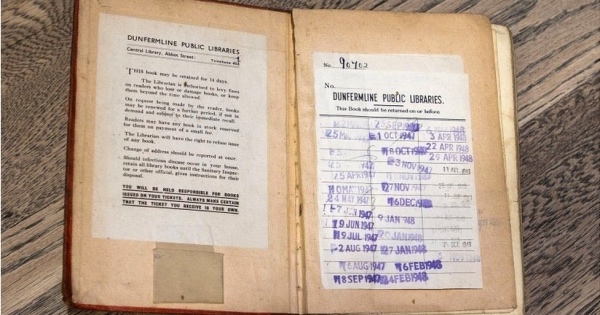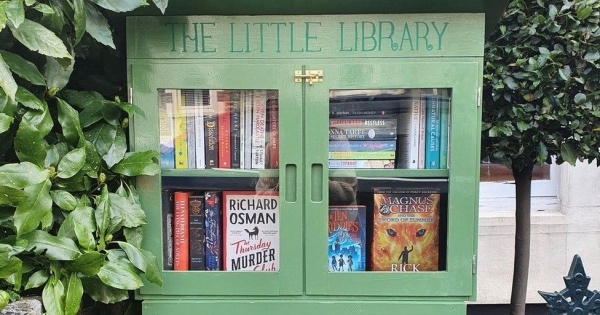The Libro de los Epítomes manuscript is over 2,000 pages, more than a foot thick, and contains summaries of the books kept in the the library of Hernando Colón, who was the illegitimate son of Christopher Columbus. Colón spent his life working to create the largest library in the world during the early part of the 16th century. The library once hosted over 15,000 books, and was constructed during Colón’s travels. Only a quarter of the collection survives to this day and the books are now stored in Seville Cathedral. However, thanks to the discover of this manuscript, we have a fresh look at the literature of the 16th century.

As The Guardian reports, the manuscript was found in Copenhagen and has been described as “extraordinary” by Cambridge academic Dr Edward Wilson-Lee, who wrote the recent biography of Colón, The Catalogue of Shipwrecked Books.
“It’s a discovery of immense importance, not only because it contains so much information about how people read 500 years ago, but also, because it contains summaries of books that no longer exist, lost in every other form than these summaries,” said Wilson-Lee. “The idea that this object which was so central to this extraordinary early 16th-century project and which one always thought of with this great sense of loss, of what could have been if this had been preserved, for it then to just show up in Copenhagen perfectly preserved, at least 350 years after its last mention in Spain …”
The manuscript was found by researches who were combing through the collection of an Icelandic scholar named Árni Magnússon, who donated his collection of books to the University of Copenhagen upon his death in 1730. The collection spans over 3,000 volumes, most of which are in Icelandic, though a handful are written in Spanish, which is no doubt why the manuscript remained hidden for so long. Guy Lazure at the University of Windsor in Canada first spotted the connection to Colón, and from there the Arnamagnæan Institute contacted Mark McDonald at the Metropolitan Museum of Art in New York, who passed it on to Wilson-Lee and his co-author José María Pérez Fernández, of the University of Granada, for verification.
“They sent me the photos. I was sitting on a beach at the time and I said ‘you’ve got to be flipping kidding me’. It’s the major missing piece from the library,” said Wilson-Lee. “It’s an amazing story. Instead of being a needle in a haystack, it was a needle in a bunch of other needles.”
To catalogue his collection, Colón hired a team of writers to read every book in his library and write a summary in Libro de los Epítomes, which ranges from a couple of lines long for very short texts to about 30 pages for the complete works of Plato, which Wilson-Lee dubbed the “miracle of compression”.
Colón wasn’t picky about what books made it into his collection, and he’d catalogue just about anything he could find. Becauseof this, the catalogue doesn’t just record the classics of the time, but also the less well known books that people were reading 500 years ago. “The important part of Hernando’s library is it’s not just Plato and Cortez, he’s summarising everything from almanacs to news pamphlets. This is really giving us a window into the entirety of early print, much of which has gone missing, and how people read it – a world that is largely lost to us,” said Wilson-Lee.
Wilson-Lee and Pérez Fernández are working on a comprehensive account of the library, which is set to be published in 2020. They’re also going to digitise the manuscript, in collaboration with the Arnamagnæan Institute, so peoplecan read it online.
“It’s always thrilling as a scholar and a biographer to realise there is still stuff out there,” said Wilson-Lee. “It’s a question of getting out there, [and] looking in unobvious places.”

Book Returned to Scottish Library 73 Years Late

Librarian discovers cash inside book returned 53 years late




